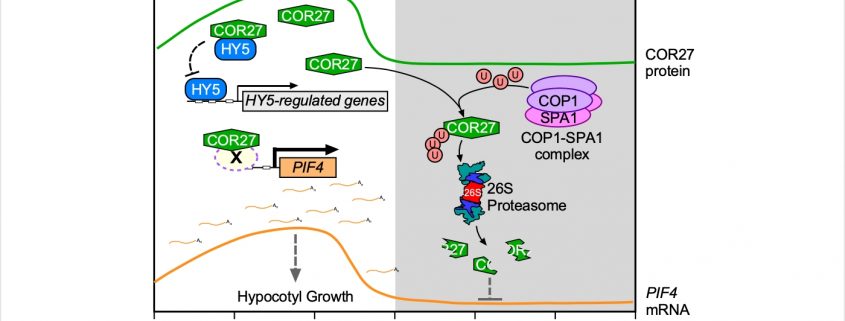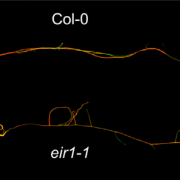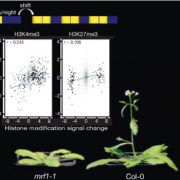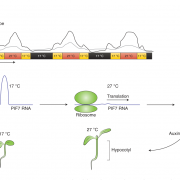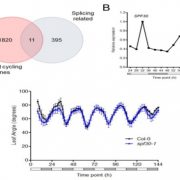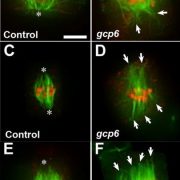In the Cold of the Night: how COR27 Regulates HY5 Activity and Integrates Light and Circadian Signals
Zhu et al. discover that the COR27 protein interacts with the central regulators of light-mediated development COP1 and HY5 and plays a critical role in hypocotyl elongation. Plant Cell https://doi.org/10.1105/tpc.20.00192
By Wei Zhu (Southern University of Science and Technology, Shenzhen, China) and Dongqing Xu (Nanjing Agricultural University, Nanjing, China)
Background: Light and the circadian clock are two essential signals that contribute to plant growth and development and inform plants about the external (light) and internal (the endogenous circadian clock) status of their environment. A group of regulators of light signaling and the circadian clock work in concert to control hypocotyl growth (the stem of seedlings). In fact, much of the elongation of the hypocotyl takes place at night, through the PHYTOCHROME INTERACTING FACTOR 4 (PIF4)-mediated pathway. PIF4 is a growth-promoting factor that interacts with red light photoreceptors (phytochromes) and its transcript accumulation follows a circadian rhythm with a peak 8 hours after dawn under diurnal and circadian conditions.
Question: We aimed to identify and characterize previously unidentified components that integrate signals from light and the circadian clock to mediate plant growth and development.
Findings: We performed a yeast two-hybrid screen using the E3 ubiquitin ligase CONSTITUTIVE PHOTOMORPHOGENIC 1 (COP1), a central regulator of light signaling, as a bait. We discovered that COP1 interacted with the product of the COLD REGULATED GENE 27 gene (COR27), a key regulator of the circadian clock. Indeed, cor27 mutants have been previously shown to lengthen the period of the circadian clock in constant conditions, and delay diurnal phase under diurnal conditions. Further biochemical and genetic studies showed that COP1 promotes the degradation of COR27 via the 26S proteasome system in the dark. cor27 mutant seedlings have shorter hypocotyls. By contrast, over-expression of COR27 results in dramatically longer hypocotyls in the light. As a key component associated with the circadian clock, COR27 not only repressed the biochemical activity of the transcription factor ELONGATED HYPOCOTYL 5 (HY5) through direct protein-protein interaction, but also caused the up-regulation of PIF4 expression specifically in the afternoon. Consequently, these molecular events facilitate hypocotyl elongation in Arabidopsis.
Next Steps: We will continue to identify and characterize other unidentified regulators of light signaling and the circadian clock, and their molecular action in these processes.
Wei Zhu, et al. (2020). COLD-REGULATED GENE 27 Integrates Signals from Light and the Circadian Clock to Promote Hypocotyl Growth in Arabidopsis. Plant Cell DOI: https://doi.org/10.1105/tpc.20.00192


